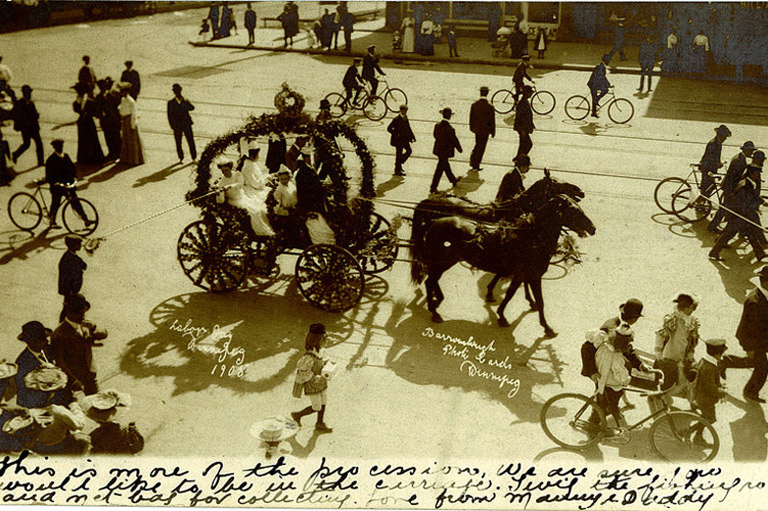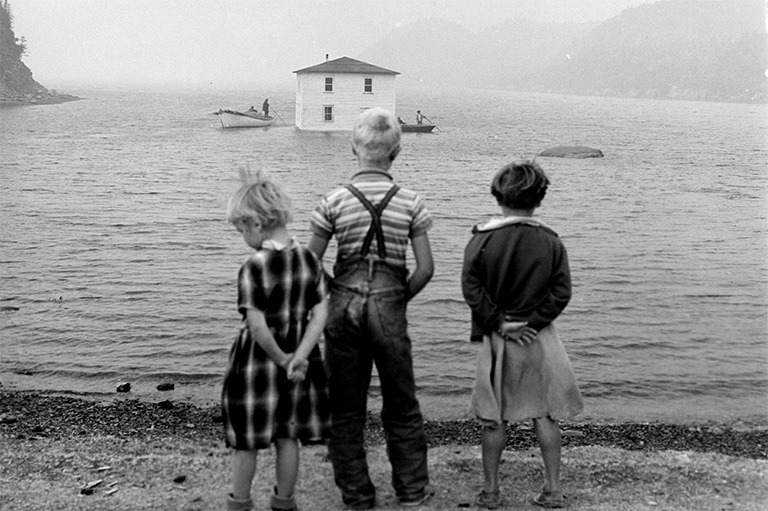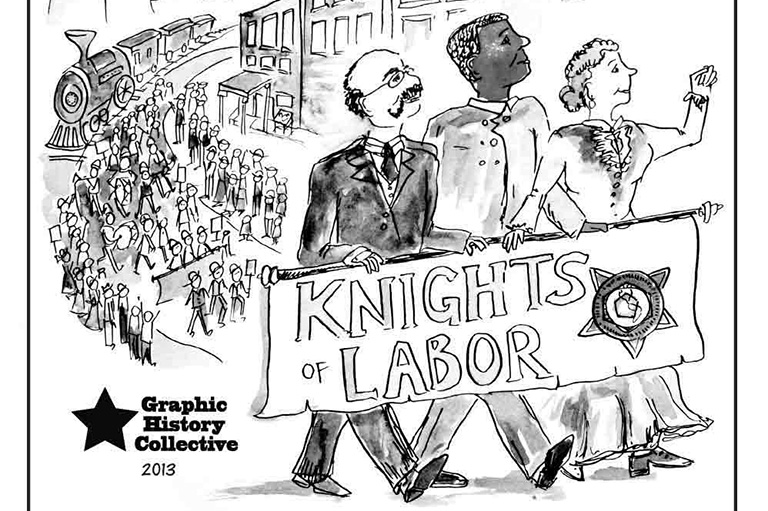Canada’s Strange Laws
Canadians take their margarine seriously. Until 1948, the inexpensive butter substitute was banned because it was seen as a threat to the dairy industry. Even after 1948, there were many restrictions. The laws around margarine don’t end there, though, and neither do other weird rules. Check out our list of wacky laws in Canada.

You can't kill Sasquatch
This one might be a myth, but legend has it that it was illegal in British Columbia to kill Sasquatch. A report from Nanaimo in the late 1800s says a man’s request to shoot a “wild man of Home Lake” was denied because it was unlawful to shoot "Mowglis" (an early name for Sasquatch).
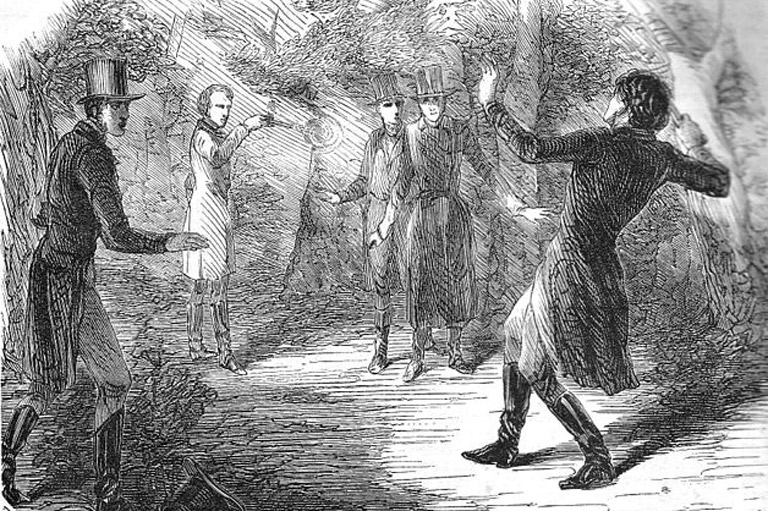
No duelling allowed
Make sure you don’t quote “I challenge you to a duel” from Robin Hood: Men in Tights to any authorities or you might get arrested. Duelling is armed combat between two people in front of a witness who will settle the conflict. The first recorded duel in Canada was in a 1646 report explaining that two men settled a dispute with swords. The last official duel in Canada is believed to have happened around the mid-1800s. It’s against the law to both challenge someone to a duel and accept an invitation to duel.
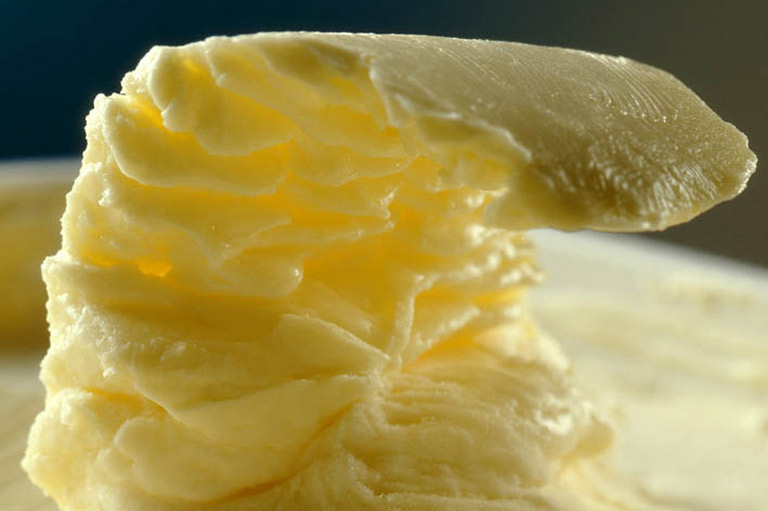
The reason you can't believe it's not butter
Although margarine was illegal in Canada from 1886 to 1948, the ban was lifted from 1917 to 1923 because there was a dairy shortage around the time of the First World War. In 1950 margarine laws became a provincial jurisdiction and laws varied around the country. Some provinces required margarine to be bright yellow to distinguish it from butter. In other provinces, it had to be white. In 2008, Quebec became the last province to drop its margarine colour law.
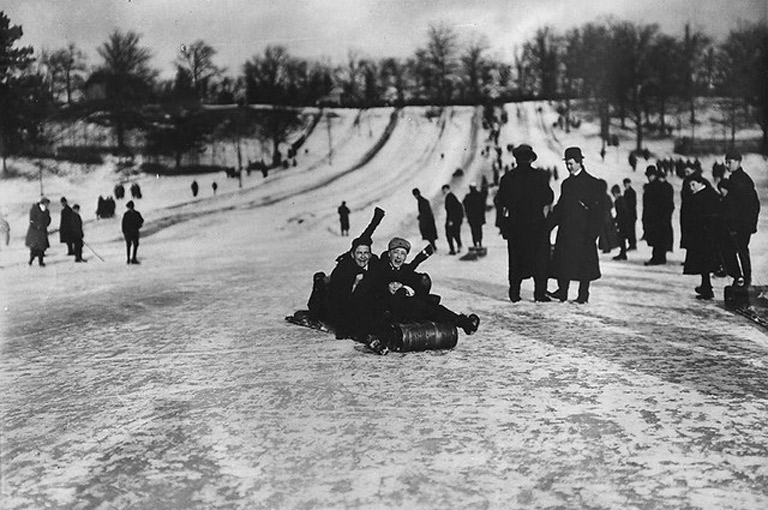
Skating around the law
There was no winter fun allowed in Toronto on Sundays from 1912 to 1961. For instance, it was illegal to toboggan in Toronto’s High Park on the Sabbath. Police were reportedly posted at the hills to enforce the ban. Law officials felt limiting entertainment, business, and activities would encourage church going. There was a public outcry when the tobogganing ban was first enforced, but Torontonians quickly adjusted and took up skating instead.
With 7 uniquely curated newsletters to choose from, we have something for everyone.
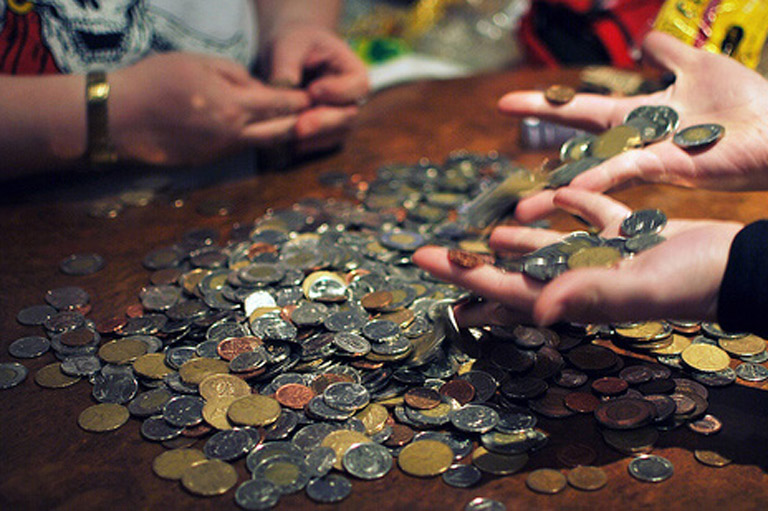
Your money is no good here
Don’t bring your coin jar to the store. Under the Currency Act of 1985, Canadians couldn’t pay for something over twenty-five cents using only pennies. Now that pennies are obsolete, you still can’t pay for an item that costs more than five dollars with five-cent coins, or something that costs more than twenty-five dollars with one-dollar coins.
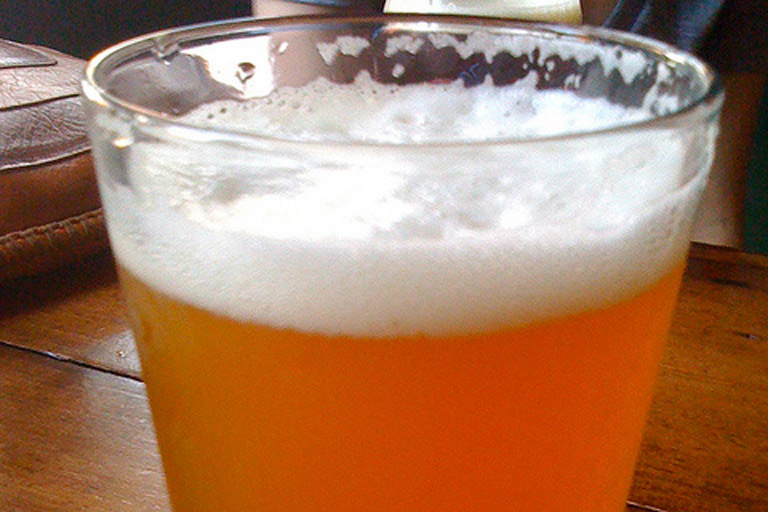
Drinking, it's serious stuff
In 1928, drinking was a focussed task. Beer parlours were only for drinking — eating, standing, singing, dancing, gambling, and music absolutely weren’t allowed. From 1928 to 1957, the sexes even had to be separated in drinking establishments. If cocktail lounges, beverage rooms and restaurants wanted to serve men and women, they were required to have a separate beer parlour for each sex with separate entrances and no communication between the rooms. Women weren’t allowed to sell or handle beer in a parlour.
Themes associated with this article
Advertisement


